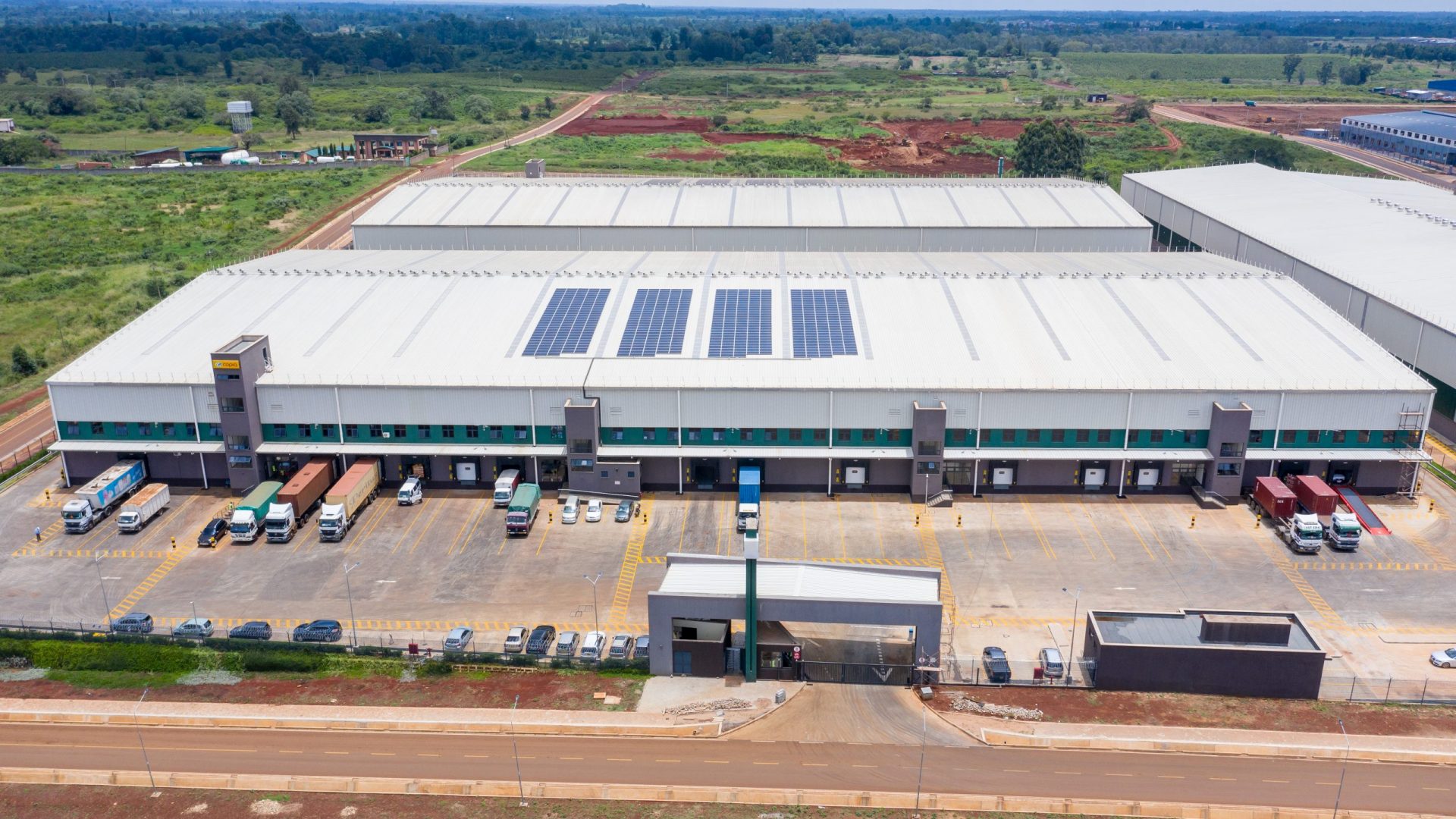The food and agriculture sector is a fundamental part of the development agenda. Not only does a productive and sustainable sector support UN Sustainable Development Goal (SDG) 3, Zero Hunger; it also contributes to development in several other ways. For example, approximately 70 per cent of employment in low-income countries globally comes from the food and agriculture sector, often the main employer in rural areas.
Since our founding in 1948, we have supported over 400 companies in the sector with both capital and the additional value we bring through our networks, expertise and technical assistance. We invest across the food and agriculture value chain – from agricultural inputs such as seeds and fertilisers, farming of food and non-food crops, to processing and distribution. We also invest in infrastructure such as logistics that enables the sector to flourish.
We wanted to deepen our understanding of the role the private sector can play in strengthening the sector, and better understand the impact of our investments. So, over the past year, we have worked with Wageningen University & Research, a leading institution specialising in food and agriculture, to review the evidence of impact within the sector and help CDC and other investors optimise our own impact. We are pleased to now publish the findings in our new report Investing for impact in the food and agriculture sector in Africa and South Asia. This report highlights the main insights from the evidence and outlines key opportunities for investors who, like CDC, are looking to align their financial returns with impact returns.
What did we find out?
- Firstly, any food and agriculture investment needs to be considered as part of a dynamic and inter-linked system, and should not be viewed in isolation. A systems perspective helps to step away from linear thinking about causalities, and allows for consideration of interdependencies, reverse causalities and trade-offs. Any investment will bring change and needs to be analysed for both direct and indirect impact as well as impact risks.
- Secondly, context-specificity is key. While the evidence may support a certain approach to investing for impact generally, what works in one place may not work in another. It is therefore important to assess and monitor the impact of each investment individually, both pre-investment through impact due diligence and post-investment through impact monitoring and management.
- Thirdly, it is important to consider the wider enabling environment needed to support an investment. There may be deficiencies in the regulatory and legal framework at a market or country level, for example, or other constraints that need to be addressed for food and agriculture systems to function properly.
Based on the evidence from this report we have developed a framework (below) to evaluate the impact of our investments. The framework is focused on three long-term impact goals:
- Economic opportunities: Through our food and agriculture investments, we aim to scale responsible businesses, enhance productivity and improve market access for rural communities and farmers, leading to more and better quality jobs and livelihoods, stronger agricultural economies and inclusive economic growth.
- Nutrition and food security: We seek to increase the availability and accessibility of agricultural goods and put more nutritious food on the market, with the longer-term goal of improved food security and nutritional outcomes in countries where we invest.
- Environmental sustainability: We want our investments to contribute to greenhouse gas emission reductions, minimise food waste and loss, increase resource efficiency and improve natural resource management, with the long-term goal of protecting natural capital and transitioning to net zero and resilient food systems.

CDC’s Food and Agriculture Impact Framework
In each of our three impact areas – economic opportunities, food security and nutrition and environmental sustainability – trade-offs and interactions can arise both between and within them. In this report, we summarise the evidence supporting each of these impact objectives and share experiences from our portfolio.
To find out more about our approach to investing in food and agriculture, read our sector strategy.












